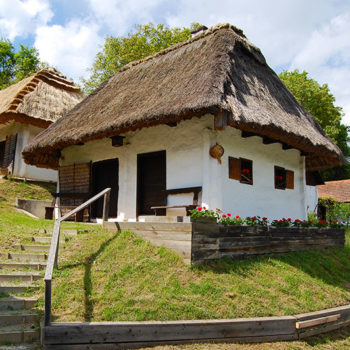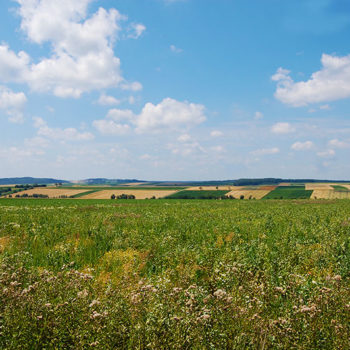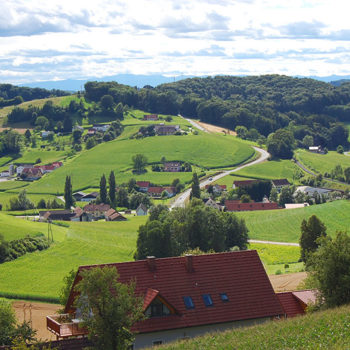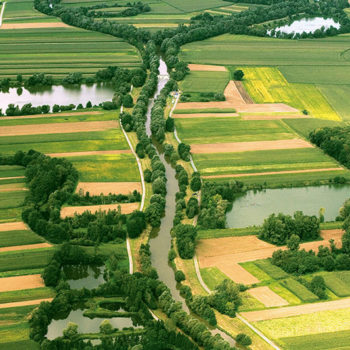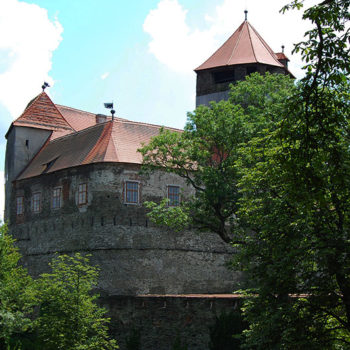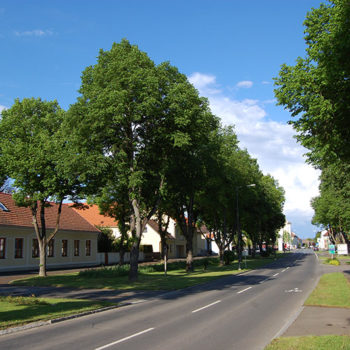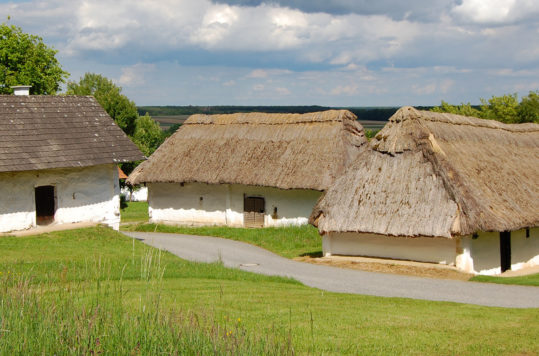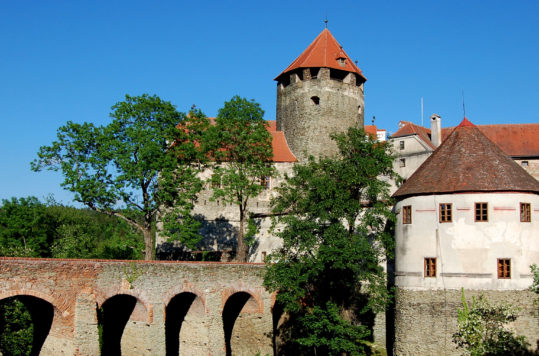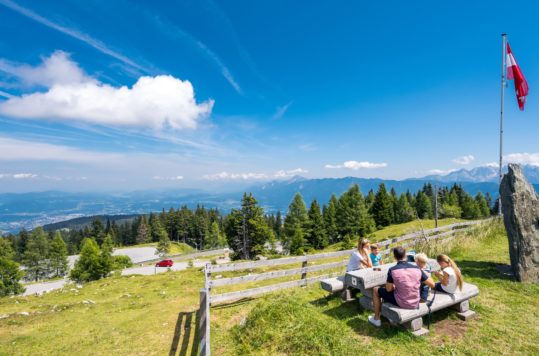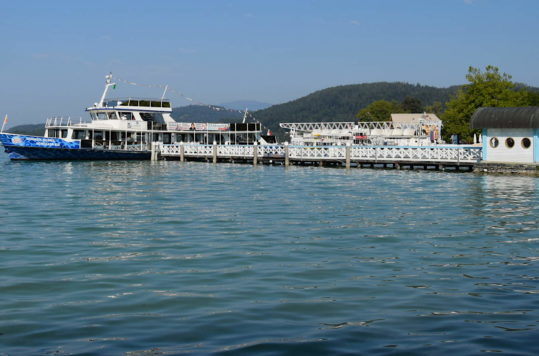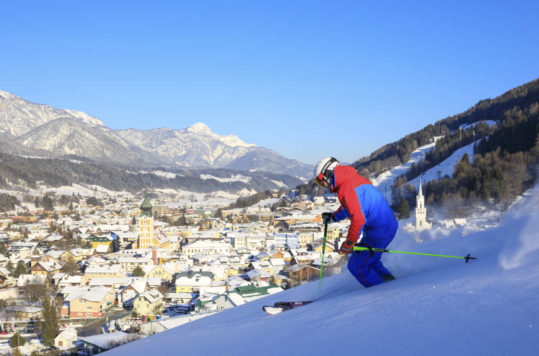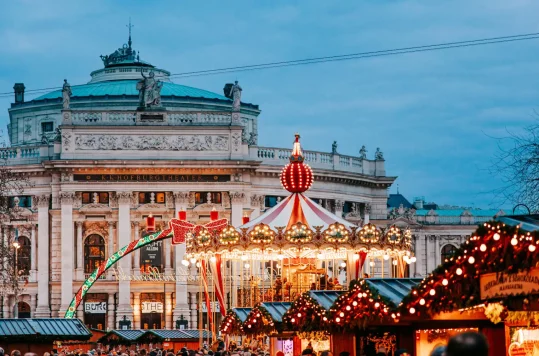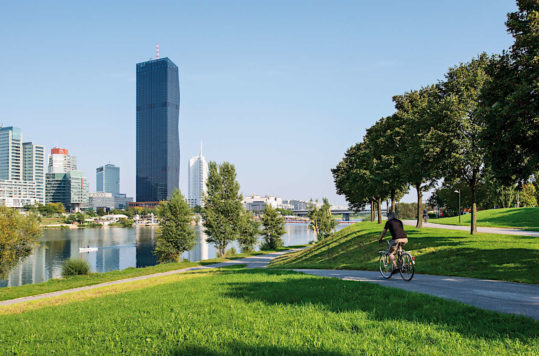Austria is so much more than the Alps, ski resorts, and Tyrolean houses. The nature, sunny climate and cultural landscape of Burgenland in the easternmost part of the country, is made for slow travel.
Southern Burgenland does not feature the same dramatic landscapes as the rest of Austria, where the Alps dominate. However, this does not in any way detract from he region’s charm. Furthermore, the mixture of oak and beech forests, rolling hills and open, rural landcapes as well, and culture makes this part of Austria an exciting destination.
Slow travel
Short distances and good infrastructure makes this region perfect for slow travel. Make many stops to enjoy the local scenery, wine and culinary delights. Leaving the beaten path is easy in Burgenland. We have often travelled the region by car, venturing off the main road and exploringring the countryside on the narrow (usuallyen paved) farm roads. Moreover, we have travelled by bus between some towns and villages. The Postbus company offers an extensive network throughout Burgenland and Austria. This is a great way of allowing impressions to sink in and enjoy the moment.
<< Click on the images to enlarge >>
Wine country
Foreign tourists often bypass Austria’s easternmost state except those slightly above average and interested in wine. On the south and east slopes at the border with Hungary, you will find several wine districts; Eisenberg, Deutsch-Schützen, Moschendorf and Heiligenbrunn. Furthermore, the small wine district Eisenberg (DAC) is located on the south and east slopes of the transition between the hill landscape and the Pannonian flatlands on the border with Hungary. Here they produce red wines from the Blaufränkisch grape, which is fruity and rich in minerals. In idyllic Heiligenbrunn, you can stay in the middle of the wine landscape in a so-called Kellerstöckl, old wine cellars converted into small cabins and restaurants. Moreover, this region also produces the unique Uhudler wine. Don’t leave without a bottle or two.
Hiking
Although parts of the state are primarily flat, it still hosts Burgenland’s highest “mountain”, the Geschriebenstein, with its peak at 884 meters above sea level. For those who like to add hiking to their travel itinerary, there are fantastic hikes around the Geschriebenstein. The Geschriebenstein-Irottkö Nature Park spreads out on both sides of the border between Austria and Hungary. Large continuous forest areas cover the mountain landscape and offer great nature experiences. Moreover, over 500 km (310 mi) of marked hiking trails provide good opportunities for enjoying the nature and wildlife of the park.
Advertisement
Borderlands
Apart from a few kilometres of border with Slovakia in the north, and a few kilometres towards Slovenia in the south, most of Burgenland borders Hungary. This characterizes the culture as well as the architecture of the area. From 1648 to 1921, the area that comprised most of Burgenland belonged to the Kingdom of Hungary (which again was part of the Empire of Austria-Hungary). The first thing you notice when driving through the villages of Southern Burgenland is that they differ from the rest of Austria. Predominantly single-story houses are lined up along the main street, with green stripes often between road and house rows. Furthermore, the architecture is also different. The houses are usually built with the long side towards the road and are located next door with few cross streets.
Castles and historical sights
Although the name Burgenland does not have anything to do with castles (Burgen in German), there are plenty of medieval castles in this part of Austria. Burg Schlaining and the small town of Stadtschlaining are well worth a visit. Other castles to visit are Bernstein Castle, Lockenhausen Castle and Gössing Castle. For some insights into the newer history, check out the guided tour along the “Iron Curtain” between Austria and Hungary, where you can see remnants of World War II bunkers, trenches, border bridge and border guard towers.
Spa resorts
Southern Burgenland is also known for its spa resorts. The classic spa resort Bad Tatzmannsdorf and the newer resort town Stegersbach offer a range of wellness and thermal spa holidays. A great way to round of your slow travel trip is by relaxing a few days in a thermal spa with the beneficial and healing effects on body, mind and soul.

